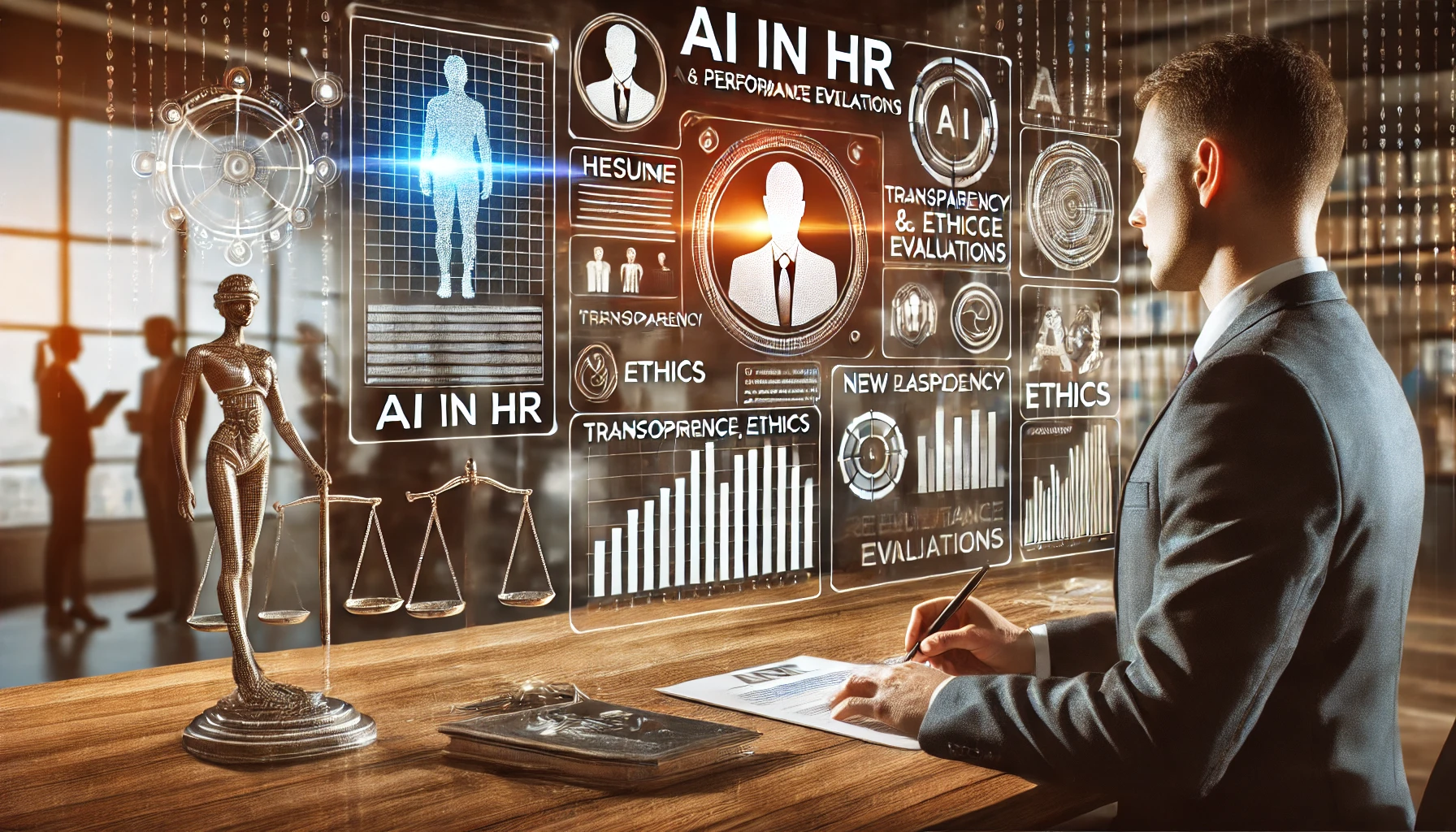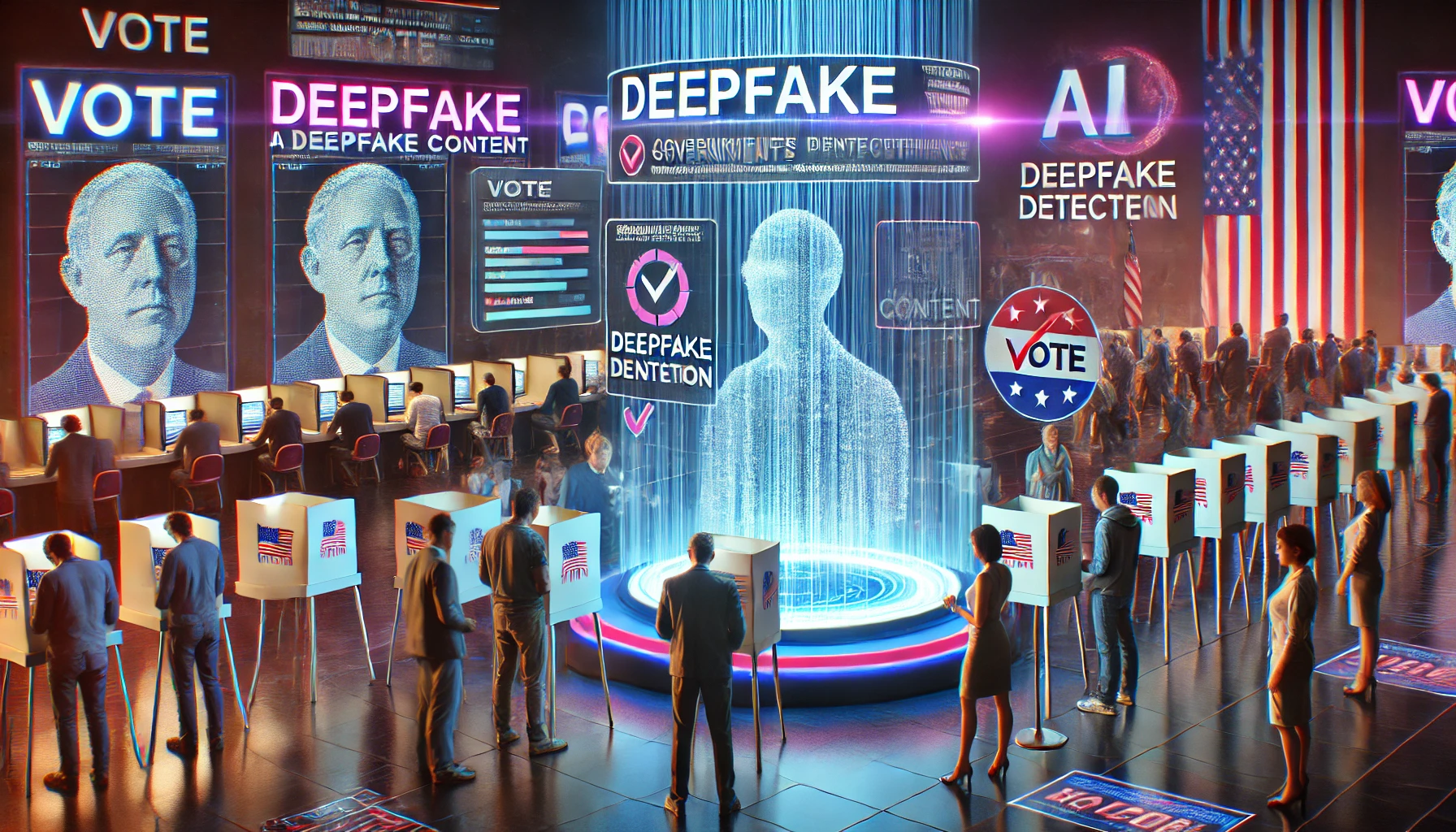As artificial intelligence (AI) becomes increasingly integrated into various aspects of business operations, human resources (HR) departments are among the most impacted. AI-powered tools are now commonly used in hiring, performance evaluations, and even employee management. However, the rapid adoption of these technologies has raised significant concerns about transparency, fairness, and accountability. In response, new laws are emerging to regulate the use of AI in HR, with a focus on ensuring that AI-driven decisions are transparent and do not occur without human oversight.
The Rise of AI in HR
AI has revolutionized HR practices by streamlining processes that were once time-consuming and prone to human bias. From scanning resumes to predicting employee performance, AI algorithms can analyze vast amounts of data more quickly and accurately than humans. These tools can help identify the best candidates, evaluate employee productivity, and even forecast future workforce needs.
However, while AI offers numerous benefits, it also presents risks, particularly when it comes to making decisions that affect people’s lives and careers. The “black box” nature of many AI systems, where the decision-making process is not transparent, has led to concerns about bias, discrimination, and the lack of accountability.
New Laws Targeting AI in HR
Recognizing these challenges, lawmakers in various jurisdictions are enacting new regulations to govern the use of AI in HR. These laws aim to ensure that AI systems are used responsibly and that their decisions are subject to human oversight.
One of the key aspects of these regulations is the requirement for transparency. Companies using AI in HR must now disclose when AI is involved in making decisions about hiring, promotions, or performance evaluations. This transparency is crucial for ensuring that employees and candidates understand how decisions are made and can challenge any that they believe to be unfair or biased.
Moreover, these laws often require that AI-driven decisions are not made without human involvement. This means that while AI can assist in the decision-making process, a human must review and approve any final decisions. This human oversight is intended to prevent errors and biases inherent in AI systems from leading to unjust outcomes.
The Impact on HR Practices
For HR professionals, these new laws represent a significant shift in how AI can be used within their departments. Companies will need to ensure that their AI systems are compliant with the new regulations, which may involve re-evaluating the algorithms they use, implementing additional safeguards, and providing training to employees on how to oversee AI-driven decisions effectively.
In addition to regulatory compliance, HR departments will need to focus on building trust with employees and candidates. Transparency about the use of AI and the safeguards in place to protect against bias will be crucial for maintaining a positive relationship with the workforce.
Looking Ahead: The Future of AI in HR
As AI continues to evolve, so too will the laws and regulations governing its use. HR professionals must stay informed about these changes and be proactive in ensuring that their AI tools are not only effective but also ethical and compliant with the law.
The introduction of these new laws signals a growing recognition of the importance of balancing technological innovation with the rights and protections of individuals. By implementing AI in a way that is transparent and accountable, companies can harness the benefits of this powerful technology while minimizing the risks.
In conclusion, while AI has the potential to transform HR practices, it is essential that its use is carefully regulated to ensure fairness, transparency, and human oversight. The new laws emerging in this area are a critical step in achieving this balance, and HR departments must be prepared to adapt to these changes to ensure that their use of AI aligns with both legal requirements and ethical standards.




